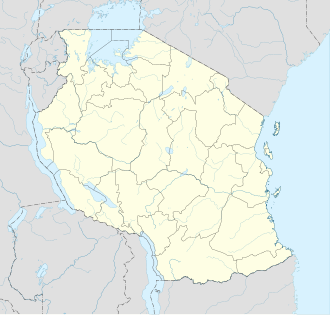This article includes a list of general references, but it lacks sufficient corresponding inline citations .(August 2014) |
| Battle of Narungombe | |||||||
|---|---|---|---|---|---|---|---|
| Part of East African Campaign | |||||||
| |||||||
| Belligerents | |||||||
| Commanders and leaders | |||||||
| Captain von Lieberman [2] | Percival Scott Beves [3] | ||||||
| Strength | |||||||
| 8 companies | 1,700 men [2] | ||||||
| Casualties and losses | |||||||
| unknown | 152 dead 457 wounded 15 missing [2] | ||||||
Location within Tanzania | |||||||
The Battle of Narungombe was fought between the German Empire and the British Empire during the East African Campaign of World War I. [3]

